
Finding New Spaces Together
‘Vádye Eshgh (The Valley of Love)’ is a collaboration between Second Generation Collective and Abdul-Rahman Abdullah weaving through themes of beauty, diversity and the rebuilding of identity.
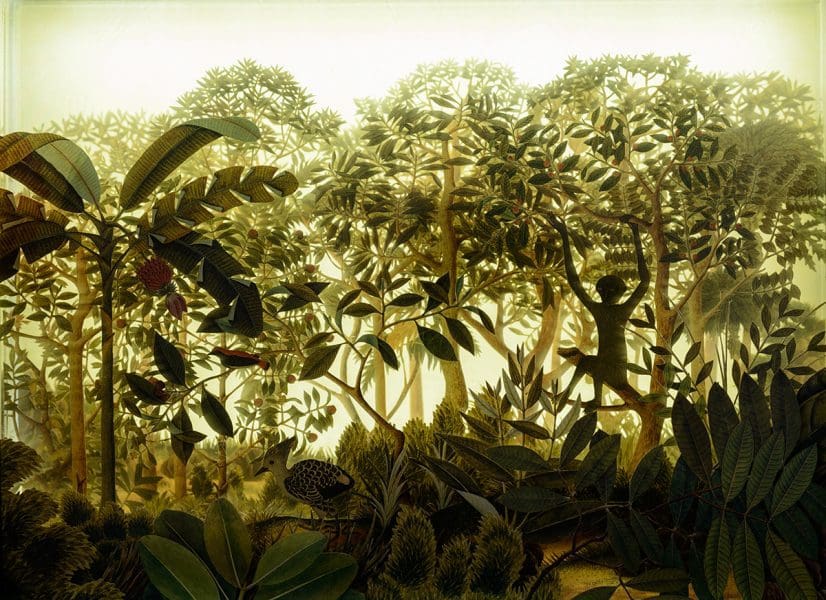
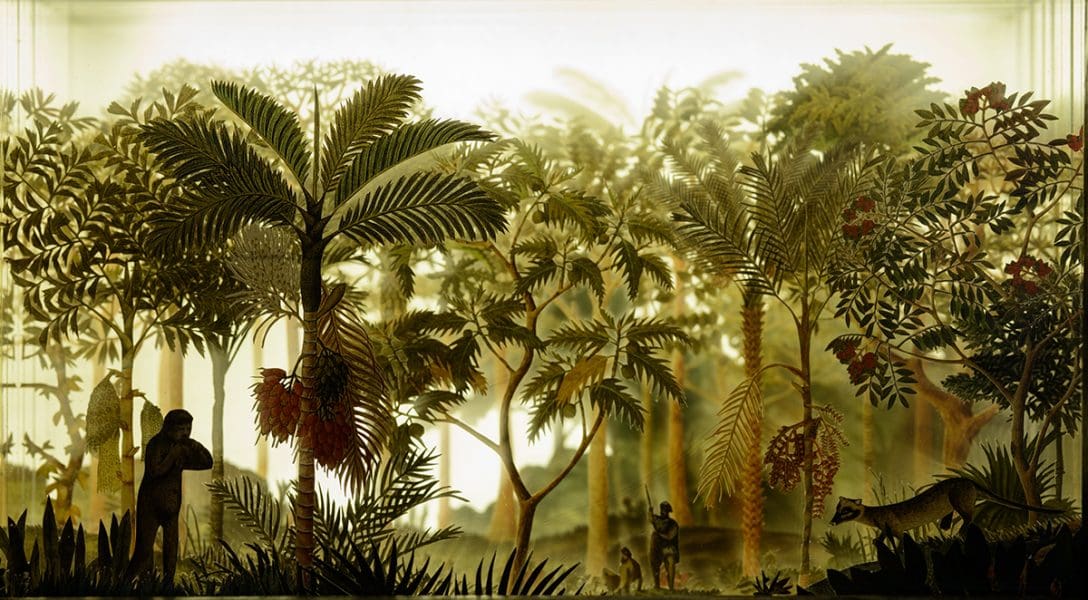

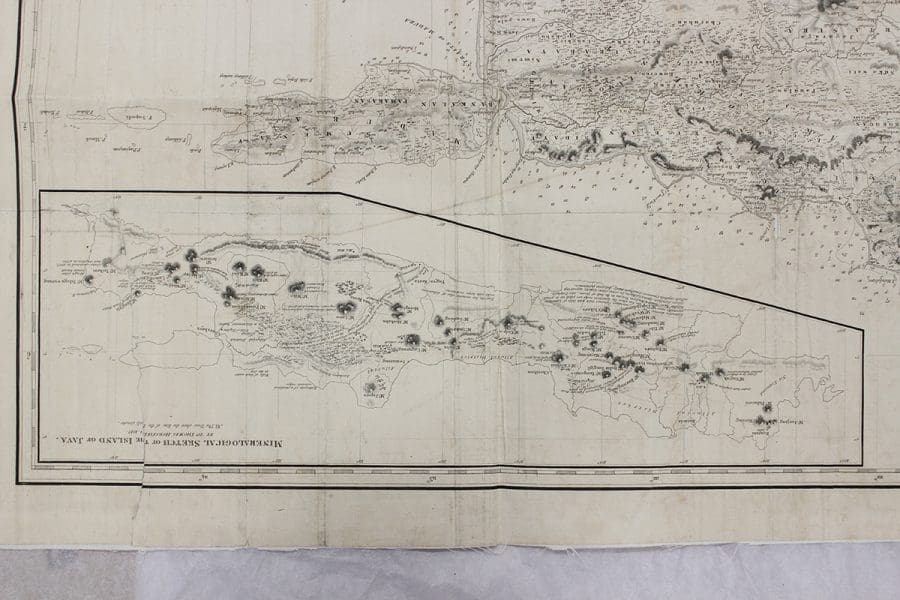


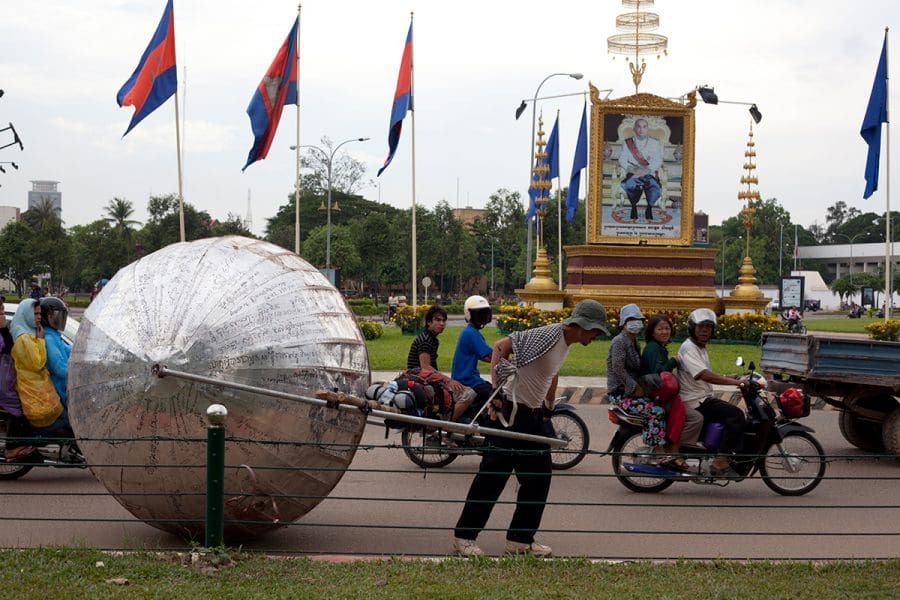
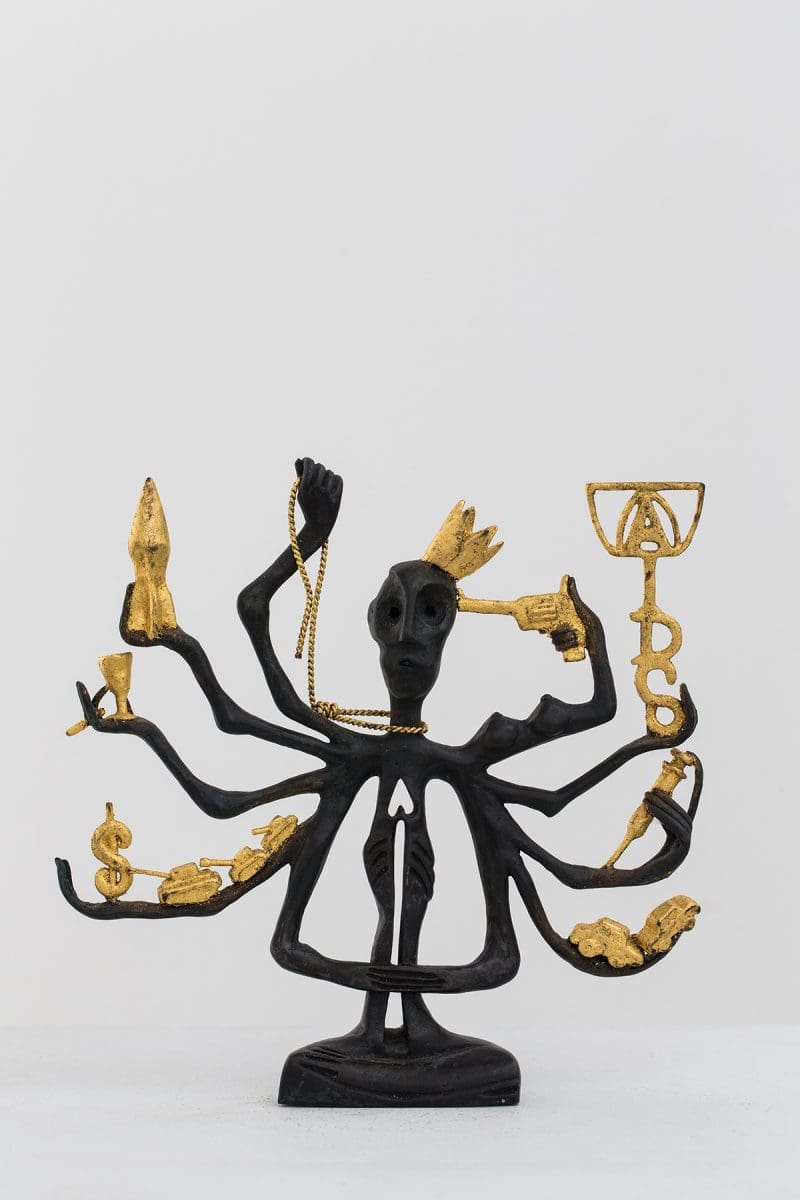

After Utopia: Revisiting the Ideal in Asian Contemporary Art, currently showing at the Samstag Museum of Art as part of this year’s OzAsia Festival, has been co-curated by Siuli Tan and Louis Ho from Singapore Art Museum (SAM). The exhibition includes a selection of work by artists from Singapore, Philippines, Malaysia, Vietnam, Indonesia, Thailand, Cambodia, India, and China who explore the notion of humanity’s eternal search for utopia and the idea that the present is not enough.
For example Pandora’s Box, 2017, by Indonesian artist Maryanto is a site specific charcoal drawing across three walls of the Samstag gallery. It’s the first work you experience when entering the exhibition and its grand scale and bleak motif of the remains of a ravished landscape make a strong statement about the resource-rich nature of countries like Indonesia and the exploitation and environmental impact of industry.
Another work which creates an immediate impression is Bomba, 2011, a spectacular large-scale installation of glittering mirror bombs raining down in Samstag’s mezzanine space by Filipino artist Kawayan de Guia. The work refers to the bombing of Japanese-occupied Manila by the Americans during WWII, as well as other more recent events; a stark reminder that we don’t live in a utopian world.
Geraldine Javier from the Philippines captures this beautifully in Ella Amo’ Apasionadamente y Fue Correspondida (For She Loved Fiercely, and She is Well-Loved), 2010. This exquisite oil painting of a woman in a garden, ostensibly depicting Mexican artist Frida Kahlo, shows her intertwined with framed cushions embroidered with flowers or caterpillars, each holding a preserved butterfly. The butterfly is a metaphor for fragility and beauty, combined with the iconic image of Kahlo this work suggests the fragility of utopia.
Singaporean artist Donna Ong also looks at colonial attitudes in her installation and video work Letters From The Forest (II), 2015, and The Forest Speaks Back (I),2014. The work features a colonial study desk covered in paraphernalia including a magnifying glass, butterfly specimens in a wooden tray, books and a compass. The artist alludes to themes of voyage, discovery and study, and explores how colonial expeditions have shaped our understanding of the Southeast Asian landscape.
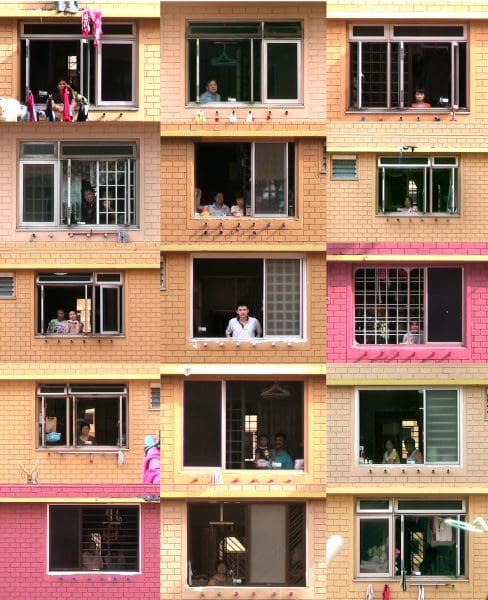
On the opposite wall, the multi-channel video work Jurong West Street 81, 2008, by American artist Shannon Lee Castleman is mesmerising. The work was filmed with 16 video cameras in an apartment block in Singapore and it gives us a glimpse of life in the city. Castleman records residents looking out their windows to the world as the viewer observes them through the lens of the camera. She highlights the isolation experienced by an older generation living in this ever-growing city.
After Utopia is a fascinating exhibition that gives the audience an insight into the extraordinary collection at SAM. It also shows the breadth of contemporary art from Southeast Asia as local artists continue to be influenced by, and come to terms with, their history. After Utopia explores notions of the human desire for utopia and questions whether it can ever be achieved given the world’s population growth and need for economic development.
After Utopia: Revisiting the Ideal in Asian Contemporary Art
Anne & Gordon Samstag Museum of Art
2 September – 1 December